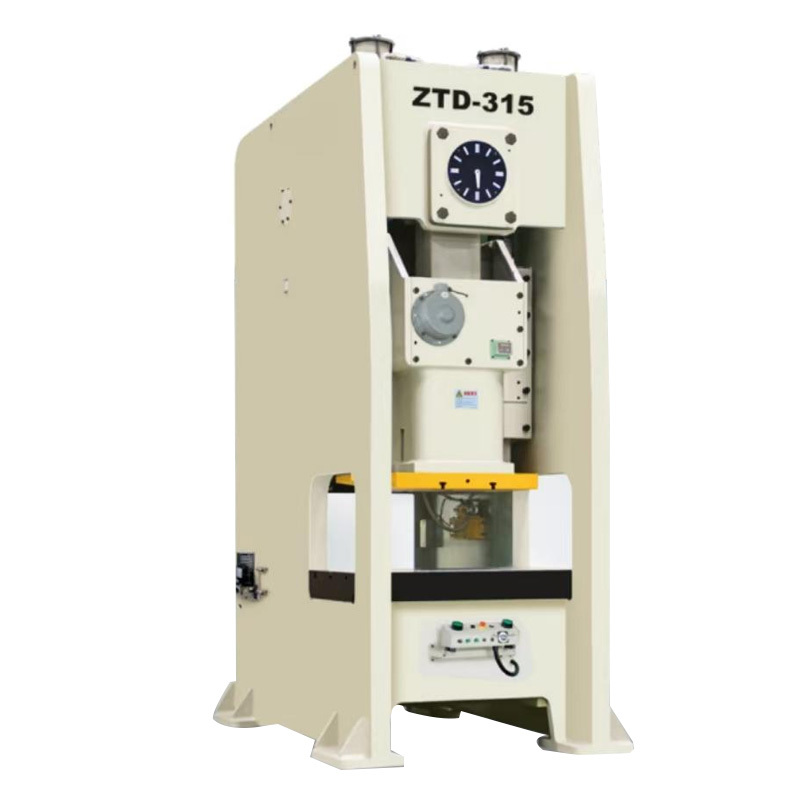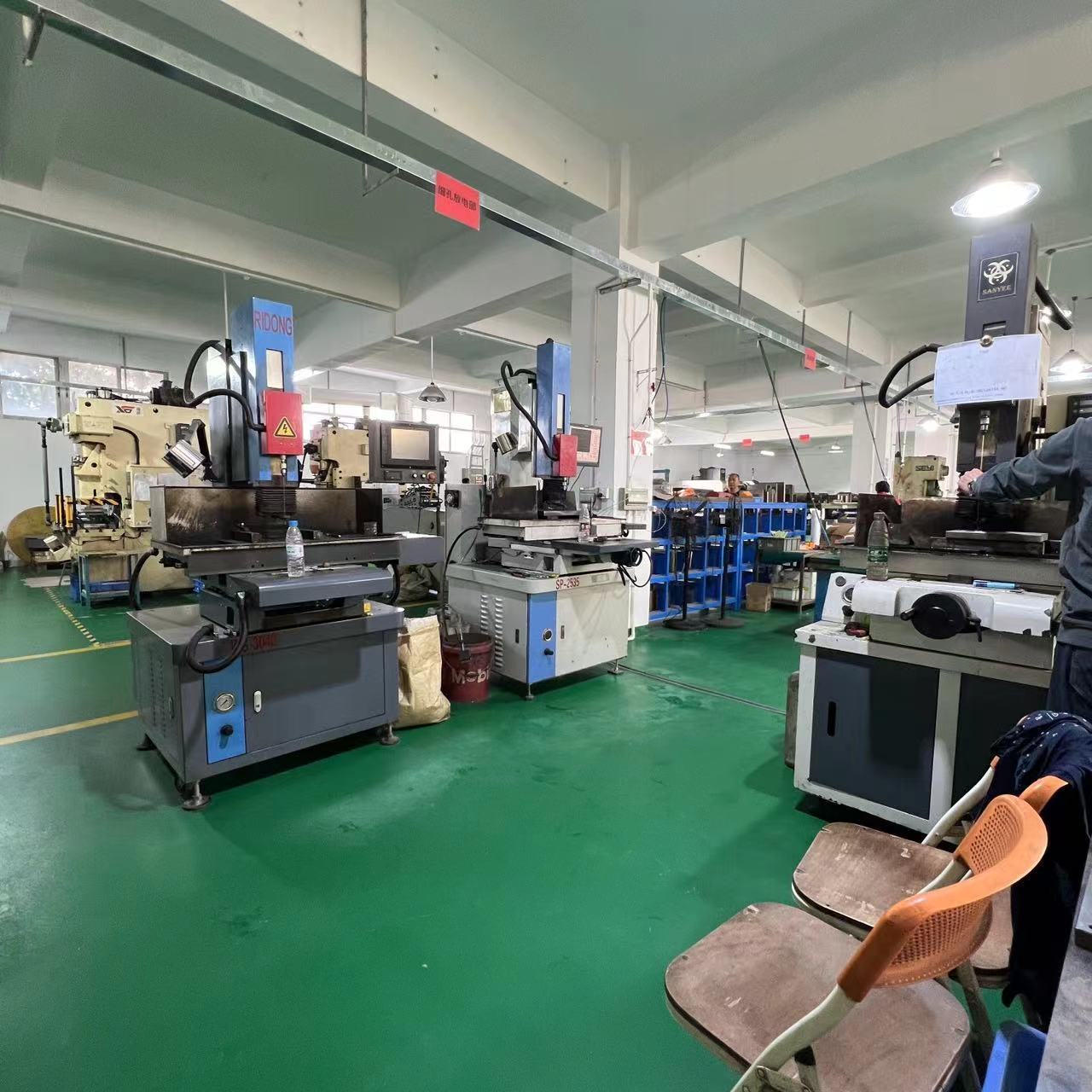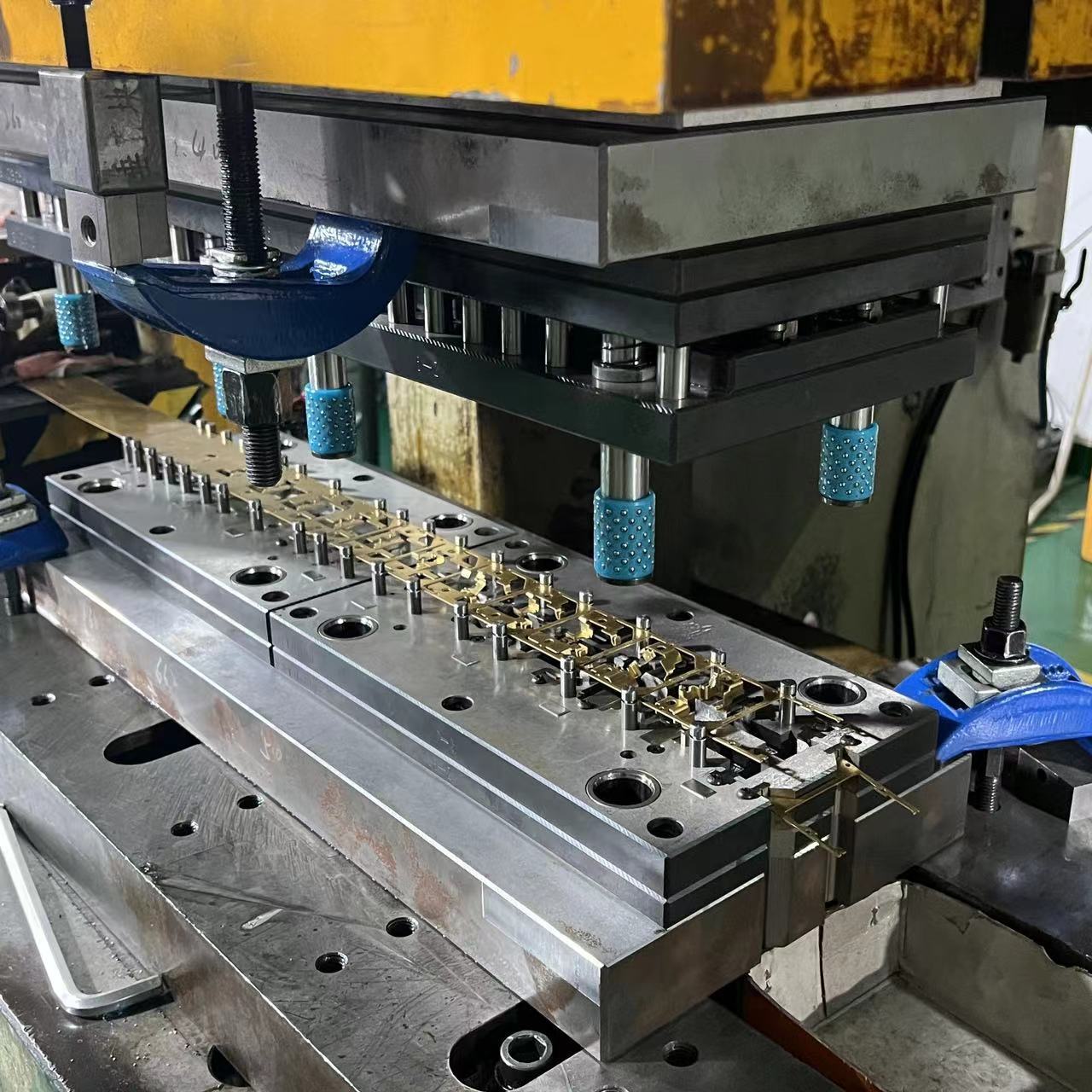Understanding Pneumatic Servo Press Feeders: Your Guide to Efficiency in Industrial Applications
Pneumatic servo press feeders are designed to automate the feeding process in pressing operations, utilizing pneumatic power to improve precision and speed. These systems are particularly advantageous in industries that require high production rates and consistent material placement, such as automotive, electronics, and metal fabrication.
One of the primary benefits of a pneumatic servo press feeder is its ability to accurately control the feeding of materials. This precision is crucial when dealing with various materials, ensuring that each piece is fed into the press at the right time and position. The use of servo technology allows for fine adjustments, which means that manufacturers can accommodate different sizes and shapes of materials without significant downtime for reconfiguration.
Moreover, pneumatic systems are renowned for their reliability and speed. In contrast to mechanical feeders, pneumatic servo press feeders can achieve faster cycle times, enhancing overall productivity. The pneumatic actuation mechanism provides rapid movement, which is particularly beneficial in high-speed applications where every millisecond counts. This efficiency results in reduced operational costs and improved output rates.
Another key aspect of pneumatic servo press feeders is their flexibility. These feeders can be easily integrated into existing press systems, allowing for quick upgrades without extensive modifications. This adaptability makes them an ideal choice for manufacturers looking to enhance their current setup without the need for entirely new equipment.
Maintenance is also a crucial consideration in industrial operations. Pneumatic servo press feeders generally require less maintenance compared to their mechanical counterparts. With fewer moving parts that can wear out, these systems tend to have longer service life and reduced risk of failure, leading to less downtime and more consistent production.
Additionally, the implementation of pneumatic servo press feeders can contribute to improved workplace safety. By automating the feeding process, these systems minimize the need for manual handling of materials, reducing the risk of accidents and injuries in the workplace.
In conclusion, pneumatic servo press feeders serve as a pivotal element in enhancing the efficiency of industrial presses. Their capabilities in precision feeding, speed, flexibility, and reduced maintenance needs make them an invaluable asset for manufacturers aiming to optimize their operations. As industries continue to evolve, the integration of advanced feeding systems like these will be crucial for maintaining competitive advantages in the market. Understanding the role and benefits of pneumatic servo press feeders is essential for any business looking to improve its manufacturing processes.
One of the primary benefits of a pneumatic servo press feeder is its ability to accurately control the feeding of materials. This precision is crucial when dealing with various materials, ensuring that each piece is fed into the press at the right time and position. The use of servo technology allows for fine adjustments, which means that manufacturers can accommodate different sizes and shapes of materials without significant downtime for reconfiguration.
Moreover, pneumatic systems are renowned for their reliability and speed. In contrast to mechanical feeders, pneumatic servo press feeders can achieve faster cycle times, enhancing overall productivity. The pneumatic actuation mechanism provides rapid movement, which is particularly beneficial in high-speed applications where every millisecond counts. This efficiency results in reduced operational costs and improved output rates.
Another key aspect of pneumatic servo press feeders is their flexibility. These feeders can be easily integrated into existing press systems, allowing for quick upgrades without extensive modifications. This adaptability makes them an ideal choice for manufacturers looking to enhance their current setup without the need for entirely new equipment.
Maintenance is also a crucial consideration in industrial operations. Pneumatic servo press feeders generally require less maintenance compared to their mechanical counterparts. With fewer moving parts that can wear out, these systems tend to have longer service life and reduced risk of failure, leading to less downtime and more consistent production.
Additionally, the implementation of pneumatic servo press feeders can contribute to improved workplace safety. By automating the feeding process, these systems minimize the need for manual handling of materials, reducing the risk of accidents and injuries in the workplace.
In conclusion, pneumatic servo press feeders serve as a pivotal element in enhancing the efficiency of industrial presses. Their capabilities in precision feeding, speed, flexibility, and reduced maintenance needs make them an invaluable asset for manufacturers aiming to optimize their operations. As industries continue to evolve, the integration of advanced feeding systems like these will be crucial for maintaining competitive advantages in the market. Understanding the role and benefits of pneumatic servo press feeders is essential for any business looking to improve its manufacturing processes.
About Us
Specializing in the production of automatic stamping equipment and punching machine peripheral equipment, is a research and development, design, production, sales, maintenance as one of the international precision stamping automation equipment manufacturing enterprises.
Contact Us
Add: Building A, Xiaoxuewei Industrial Park, Shajing, Bao'an District, Shenzhen
WhatsApp: +86 190 9240 6289
E-mail: xiaolisisale1@gmail.com
Related News











